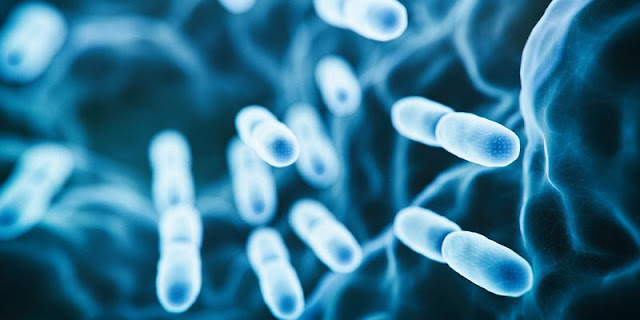A Fourth Person Is Effectively 'Cured' of HIV, And It's The Oldest Patient Yet
On Wednesday, AIDS experts revealed that a fourth person had been "cured" of HIV. However, the risky operation for patients who were simultaneously facing cancer may not provide much solace for the tens of millions of people who are HIV-positive globally.
The 66-year-old man, known as the "City of Hope" patient after the Californian facility where he received treatment, was told he was in remission ahead of the International AIDS Conference, which starts on Friday in Montreal, Canada.
After experts reported in February that a US lady known as the New York patient had also entered remission, he is the second individual to be officially declared to have been cured this year.
Similar to patients in Berlin and London before him, the City of Hope patient experienced a long-lasting remission from the virus following a bone marrow transplant to cure cancer.
Five men may have been healed, with one more guy, the Duesseldorf patient, previously reported to have achieved remission.
Because the most recent patient was the oldest to yet to achieve remission, Jana Dickter, an infectious disease expert at the City of Hope, told AFP that his accomplishment might be encouraging for older HIV patients who also had cancer.
The patient-related study, which was presented at a pre-conference in Montreal but hasn't been peer-reviewed, is led by Dickter.
"I am beyond thankful," said the patient, who asked to remain anonymous. "When I was diagnosed with HIV in 1988, like many others, I assumed it was a death sentence."
In a message to City of Hope, he stated, "I never believed I would live to see the day that I no longer had HIV." "I am really thankful,"
The patient, according to Dickter, informed her about the discrimination he faced in the 1980s at the beginning of the AIDS pandemic.
She stated, "He watched many of his friends and loved ones get very ill and eventually pass away from the cancer.
She said that he formerly had "full-blown AIDS," but that he had taken part in early antiretroviral medication studies, which today allow many of the 38 million people with HIV worldwide to survive with the infection.
He had HIV for 31 years, which is a record for a patient who has achieved remission.
He underwent a bone marrow transplant using stem cells from an unrelated donor in 2019 after being told he had leukemia. This donor had an uncommon mutation in which a portion of the CCR5 gene was missing, rendering people immune to HIV.
He didn't stop taking antiretrovirals until he received the COVID-19 vaccine in March 2021, and since then, he has been in remission from both HIV and cancer.
The patient's success with reduced-intensity chemotherapy may make it possible for older HIV patients with cancer to get treatment, according to Dickter.
However, she continued, it "isn't a feasible alternative for most patients with HIV" since it is a difficult surgery with negative side effects.
Without being engaged in the study, University of California, San Francisco HIV expert Steven Deeks stated that the first step in a bone marrow transplant is to temporarily disable your own immune system.
If you didn't have cancer, you "would never do this," he told AFP.
Holiness Grail
Research on a 59-year-old Spanish lady with HIV who has maintained an undetectable viral load for 15 years after quitting antiretroviral medication was also presented at the AIDS conference.
It was not exactly the same as the patient from City of Hope, according to Sharon Lewin, president-elect of the International AIDS Society, which organizes the meeting, because the virus remained at a very low level.
The Holy Grail of HIV research, according to Lewin, is still a cure.
The two instances reported today provide patients with HIV/AIDS new hope, and they also serve as an example for the scientific community. We have only seen a small number of individual cure cases before.
She also mentioned a "really amazing advance" in the fight to detect HIV in a single cell, comparing it to "finding a needle in a haystack."
It was a "unprecedented deep dive into the biology of the infected cell," according to Deeks, one of the authors of the new study who also presented it at the conference.
The scientists discovered that an HIV-positive cell possesses a number of unique traits.
It is more robust than most, difficult to kill, and both difficult to detect and resilient, according to Deeks.
"This is why HIV infection lasts a lifetime."
However, he claimed that instances like the City of Hope patient's provided a possible road map for a more widely accessible treatment, maybe utilizing CRISPR gene-editing technology.
"I think you can heal someone if you can get rid of HIV and get rid of CCR5, the gateway via which HIV enters in," Deeks added.
Theoretically, an injection in the arm could deliver an enzyme that would enter cells, knock down CCR5, and eliminate the virus. However, we are not there yet.
But it is currently science fiction.




Comments
Post a Comment